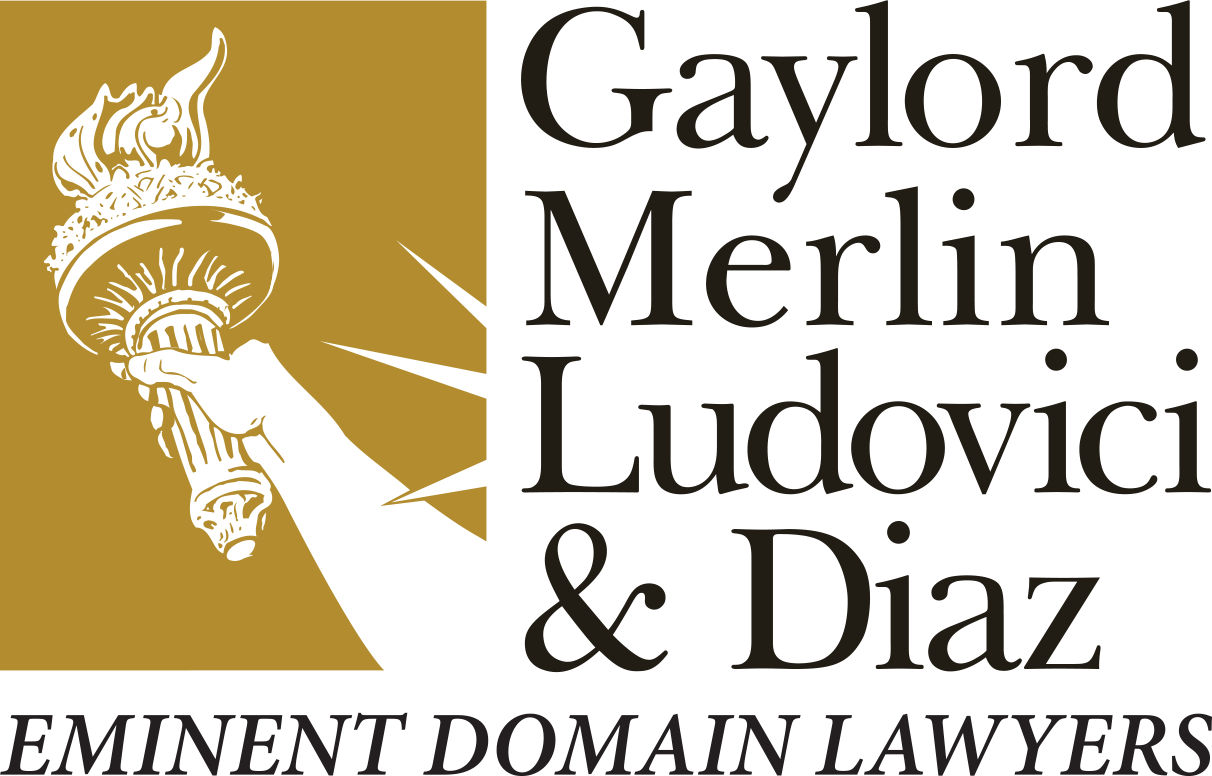The answer to this question is often yes, but the degree of impact always depends on the nature of the easement.
At Gaylord Merlin, we commonly represent property  owners from whom a public body has requested or condemned a portion of their property for an easement. At its core, an easement is the right to use all or a portion of property for a particular purpose. Easements can be between private individuals or with a public body. The purpose of public easements can include placement of utilities, power lines, gas lines, grade changes (often called slope easements), stormwater drainage (ditches or pipes), access, or maintenance activities.
owners from whom a public body has requested or condemned a portion of their property for an easement. At its core, an easement is the right to use all or a portion of property for a particular purpose. Easements can be between private individuals or with a public body. The purpose of public easements can include placement of utilities, power lines, gas lines, grade changes (often called slope easements), stormwater drainage (ditches or pipes), access, or maintenance activities.
Commonly, a property owner will be approached by an agent of a public body and that person will ask the property owner to sign an easement document for a particular purpose. These easement documents are often less than a page in length and the agents who present them will try to minimize their significance. However, there are a number of reasons why these documents may have more than a minimal impact of the value of your property. The blog will explore three of those reasons.
First, any easement from a private property owner to a public body creates a partnership between that body and the property owner for the property covered by the easement. This partnership is usually perpetual (forever) and will be governed by the terms of the easement between the parties. Easements that appear short and simple on their face can turn out to be particularly burdensome if they grant broad rights to a public body over private property. Easements with a public body should be very specific as to the nature and extent of the public’s use of an owner’s property. Narrowing a broad easement to specific terms can involve lengthy negotiations between lawyers in order to protect the rights of a private property owner. However, from a valuation perspective, a more specific easement will result in less of an impact on future transactions because its nature and extent will be readily determined.
Second, any promises by an agent as to the use of an easement should be carefully considered. It is easy for an agent to make promises about limited use of the easement in order to convince a property owner to sign the document, but such promises must be clearly stated in the final document. No matter how well-intentioned an agent may be, most easements are perpetual documents that will carry on long after that agent has left the picture. If the language of the easement grants broad rights to a public body, then the market will negatively view that when considering the value of the property. Conversely, if all promises made in the process of granting the easement are clearly reflected in the easement document, then there will likely be less impact to the property in the long run.
Third, an easement may appear harmless by granting a seemingly passive use of property. In reality, that passive use may unintentionally exclude the private property owner’s future use of the easement. An example of this impact can be found in the use of slope easements. The impact of a slope easement allowing a 5-degree slope will be less than one with a steeper 45-degree slope because a steeper slope excludes many future uses on that portion of property. Both easements would be titled the same, but one would result in more severe impacts than the other.
Every easement must be carefully considered prior to signing. At Gaylord Merlin, we can help you determine potential impacts associated with various easements and we can assist you in negotiating for the terms that limit the impacts as much as possible.
